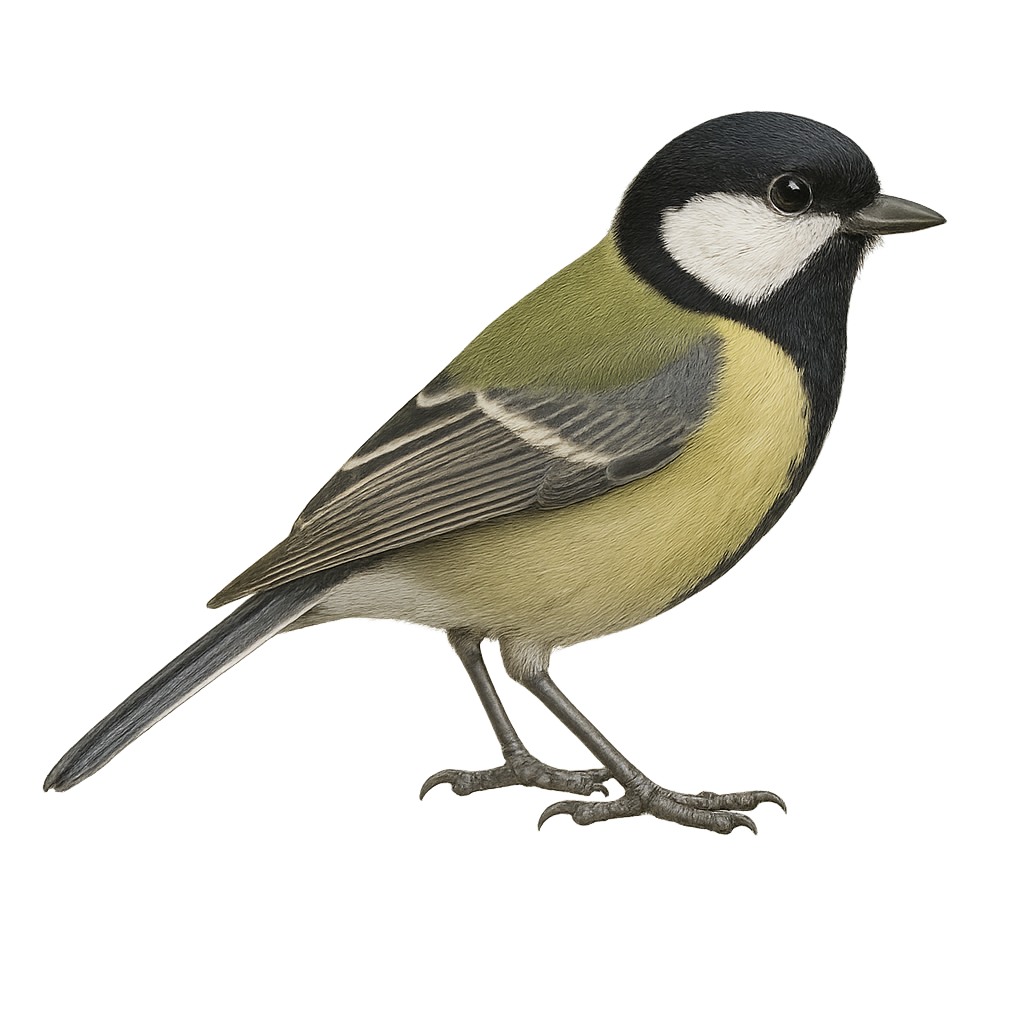Your wildlife photography guide.
Explore the japanese tit in detail, study its behavior, prepare your shots.
Where to observe and photograph the japanese tit in the wild
Learn where and when to spot the japanese tit in the wild, how to identify the species based on distinctive features, and what natural environments it inhabits. The WildlifePhotographer app offers tailored photography tips that reflect the japanese tit’s behavior, helping you capture better wildlife images. Explore the full species profile for key information including description, habitat, active periods, and approach techniques.
Japanese Tit
Scientific name: Parus cinereus

IUCN Status: Least Concern
Family: PARIDAE
Group: Birds
Sensitivity to human approach: Tolerant
Minimum approach distance: 5 m
Courtship display: April to May
Incubation: 12-14 jours
Hatchings: April to June
Habitat:
Forests, urban parks, gardens
Activity period :
Primarily active during the day, with peak activity in the morning and late afternoon.
Identification and description:
The Japanese Tit, or Parus cinereus, is a small songbird belonging to the Paridae family. It is primarily found in East Asia, notably in Japan, Korea, and parts of China. This bird is recognizable by its distinctive black and white plumage, with a black cap, white cheeks, and a grayish belly. The Japanese Tit is a sociable and active bird, often seen in small groups. It feeds mainly on insects, seeds, and fruits. It is known for its ability to adapt to various habitats, including forests, urban parks, and gardens.
Recommended lens:
400 mm – adjust based on distance, desired framing (portrait or habitat), and approach conditions.
Photography tips:
To photograph the Japanese Tit, choose sunny mornings when the bird is most active. Use a telephoto lens of 400mm or more to capture precise details without disturbing the bird. Be patient and wait for the tit to perch on an open branch to achieve a blurred background and highlight its distinctive plumage. Urban parks and gardens are ideal places to observe and photograph this bird.
The WildlifePhotographer App is coming soon!
Be the first to explore the best nature spots, track rutting seasons, log your observations, and observe more wildlife.
Already 1 439 wildlife lovers subscribed worldwide

